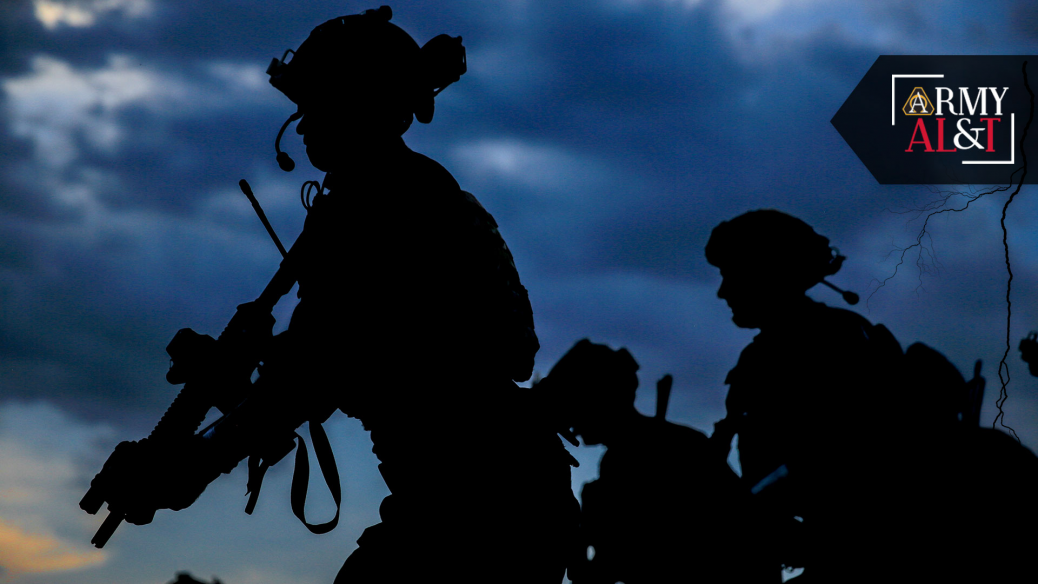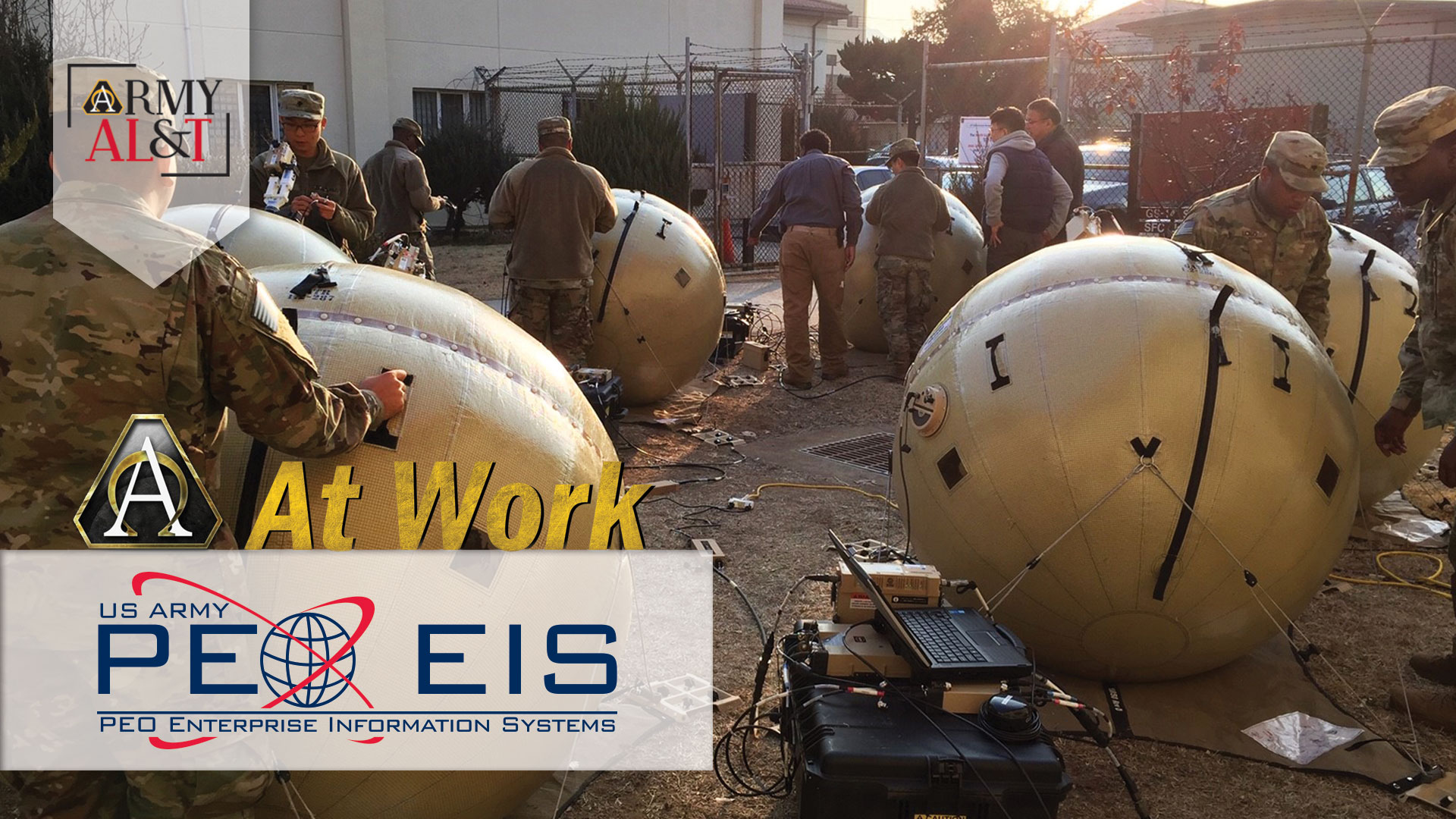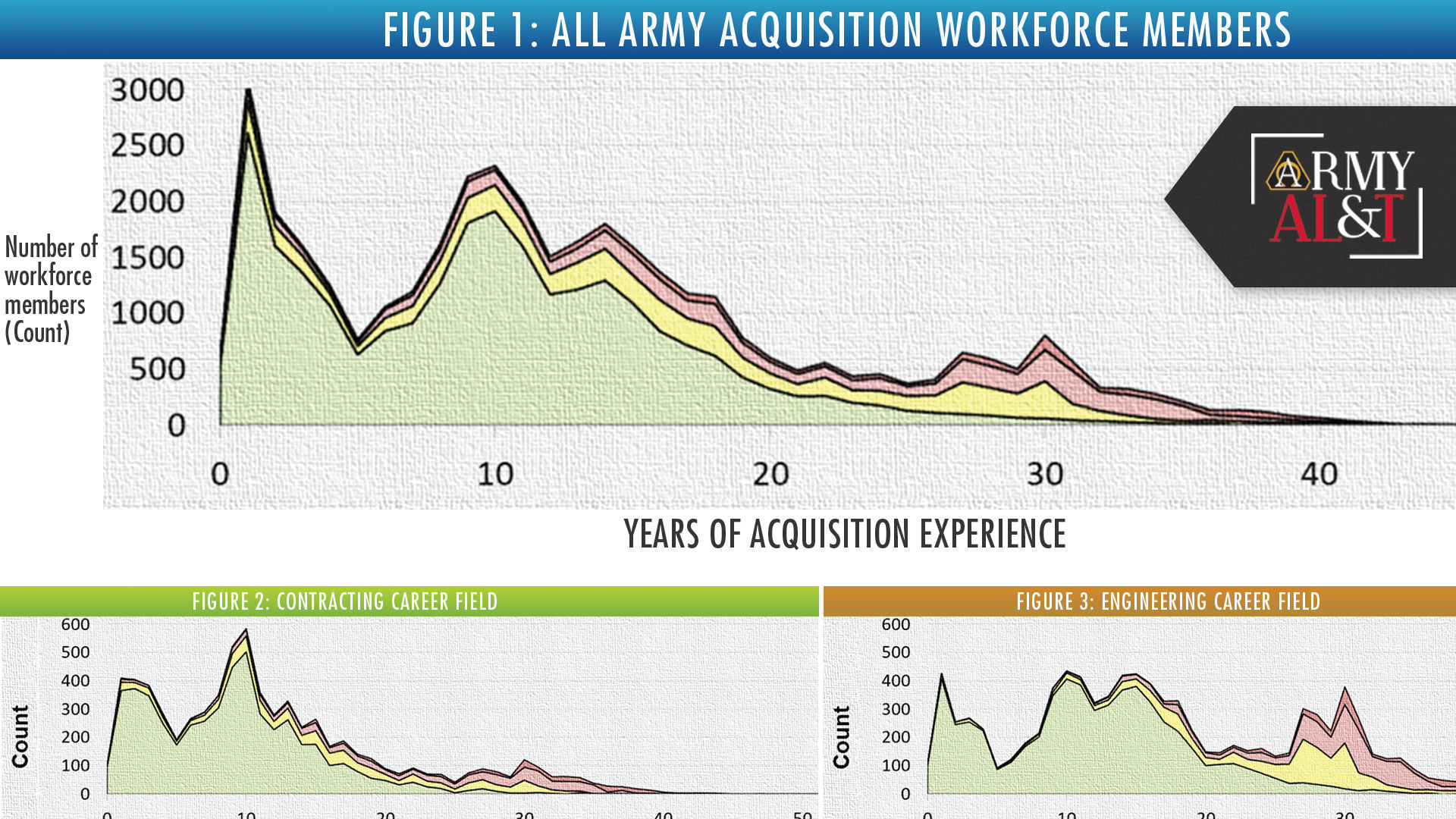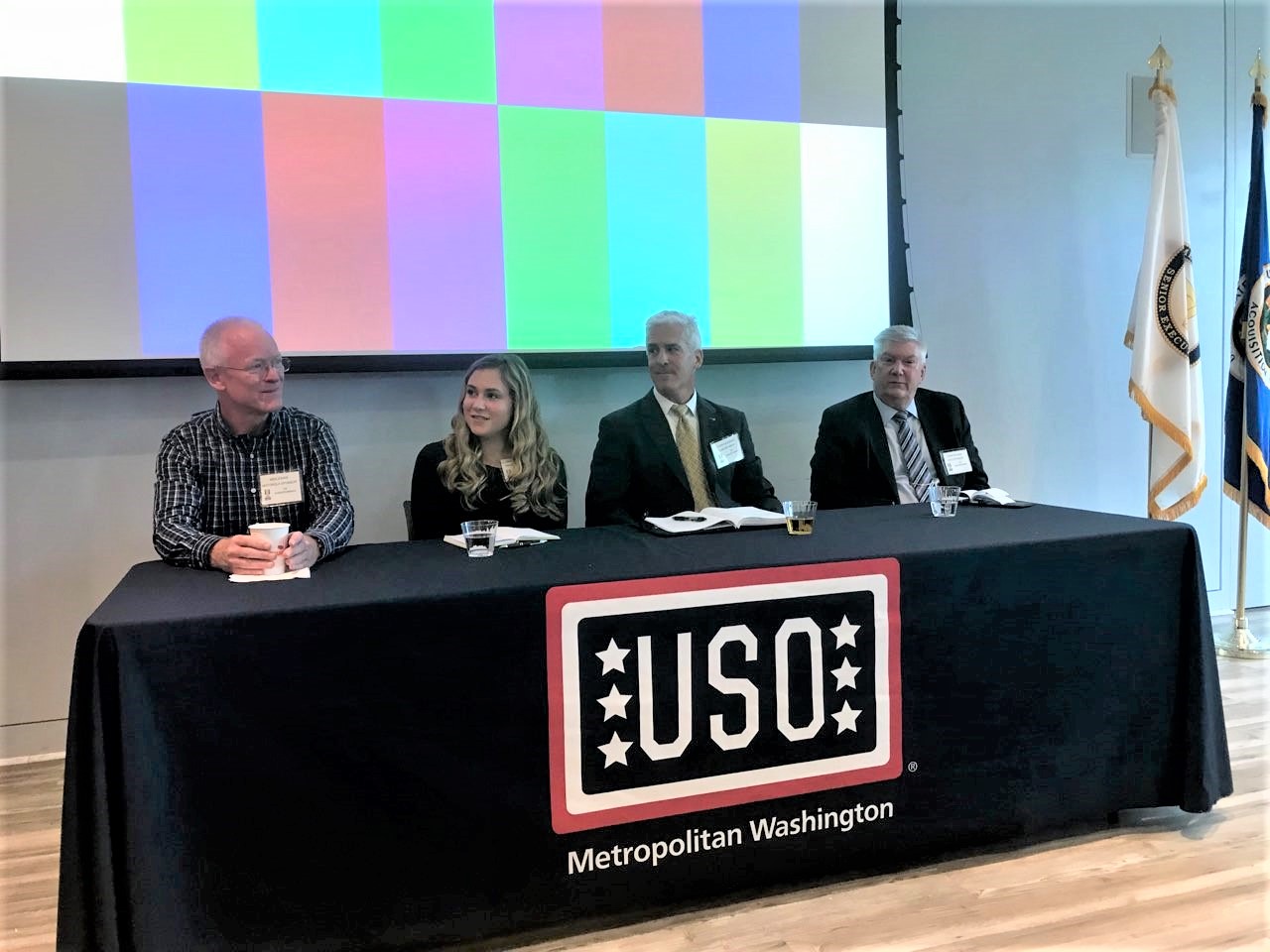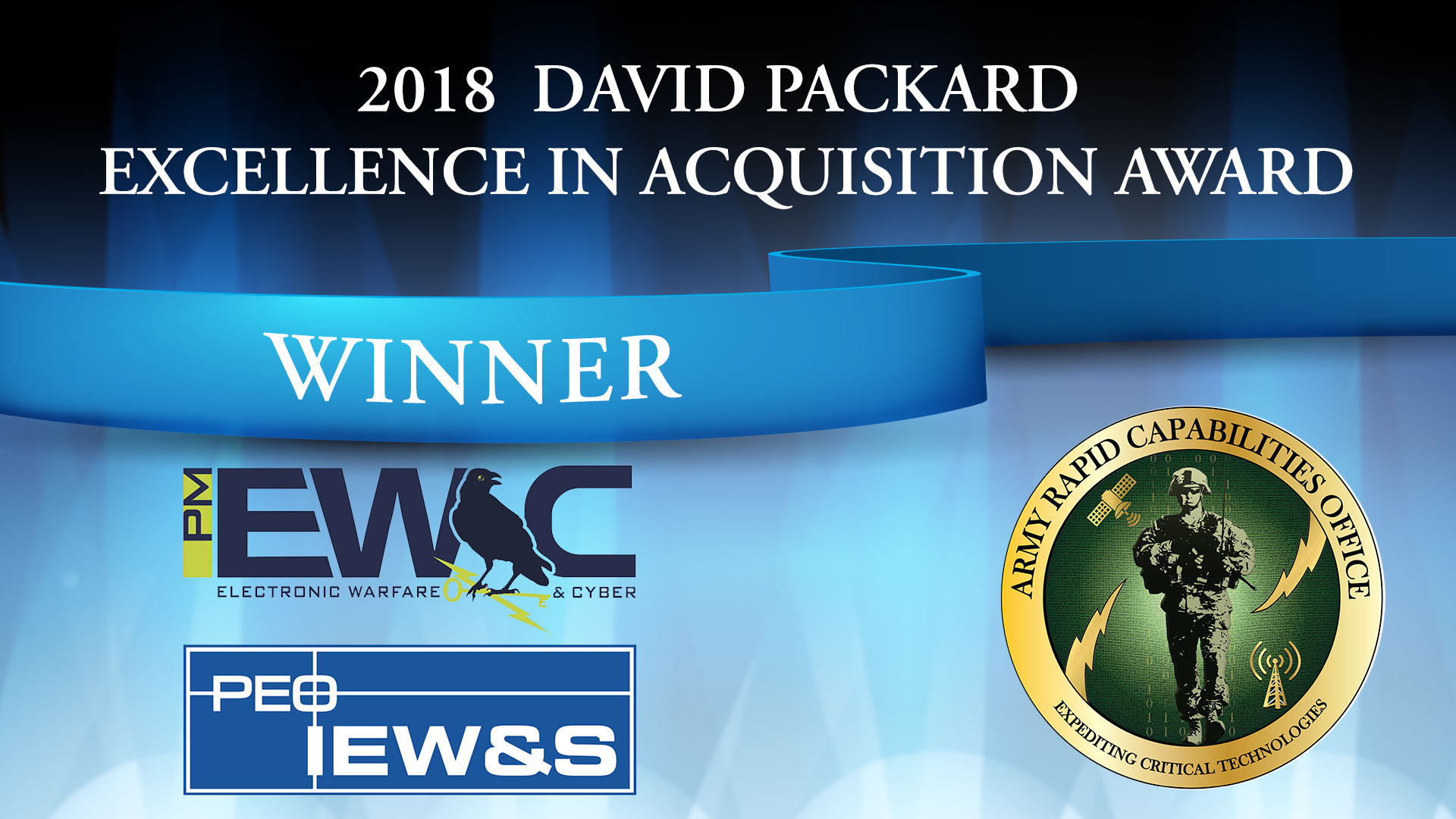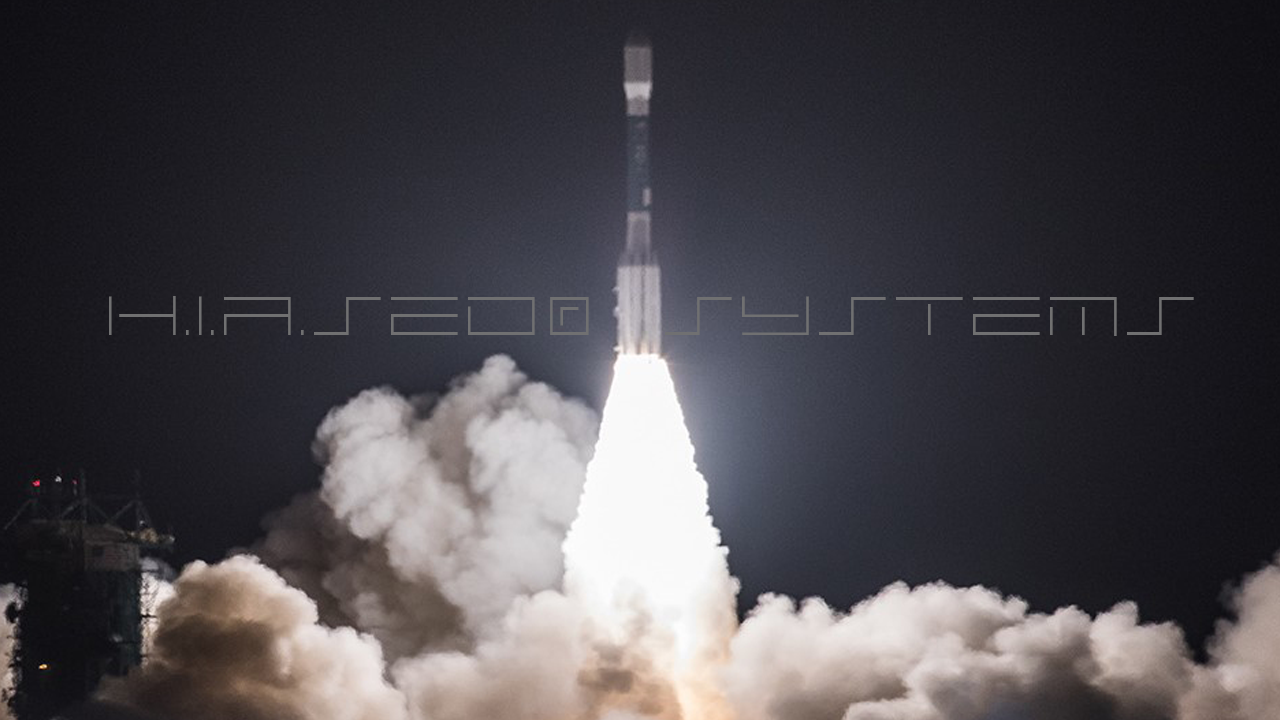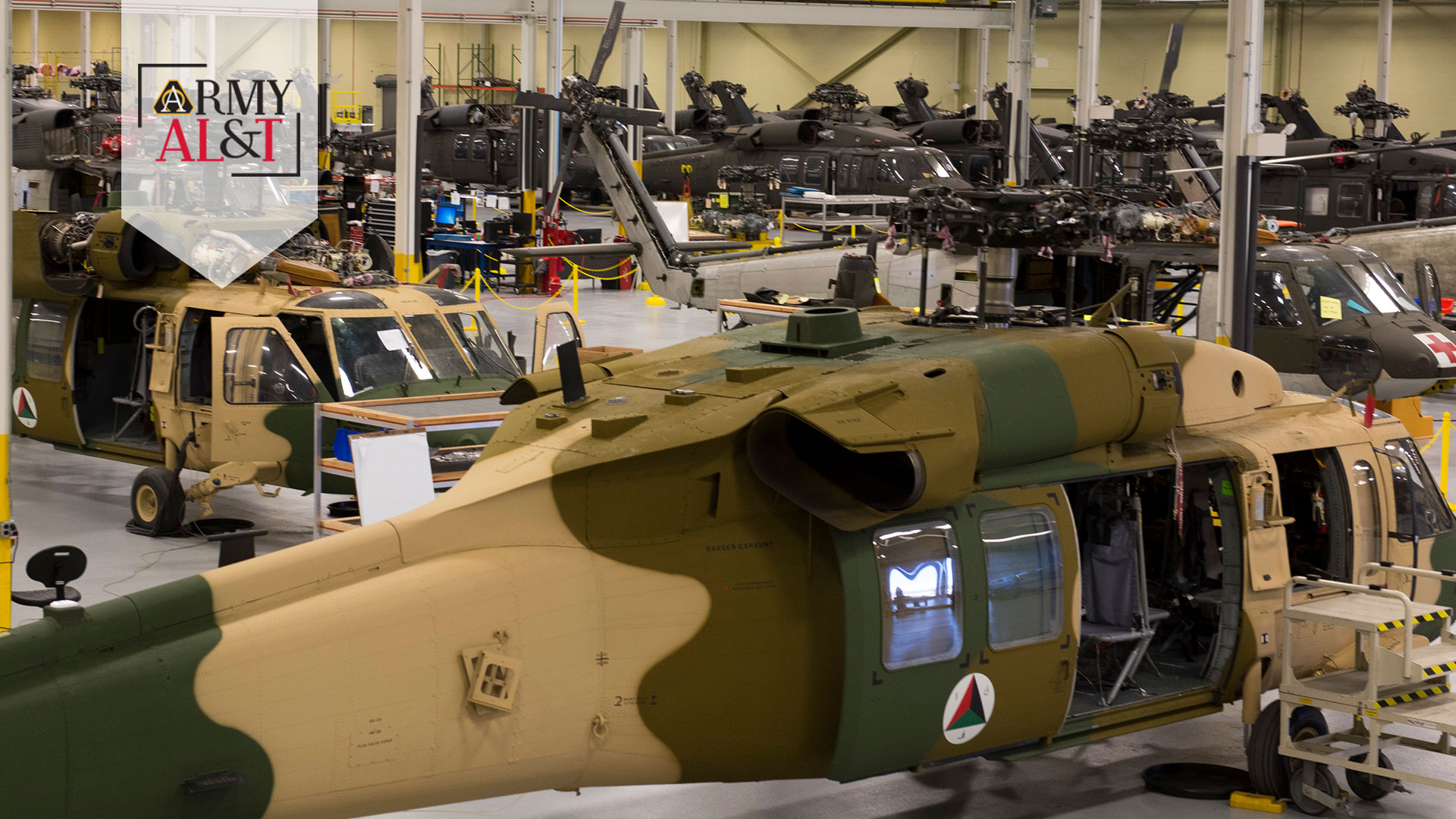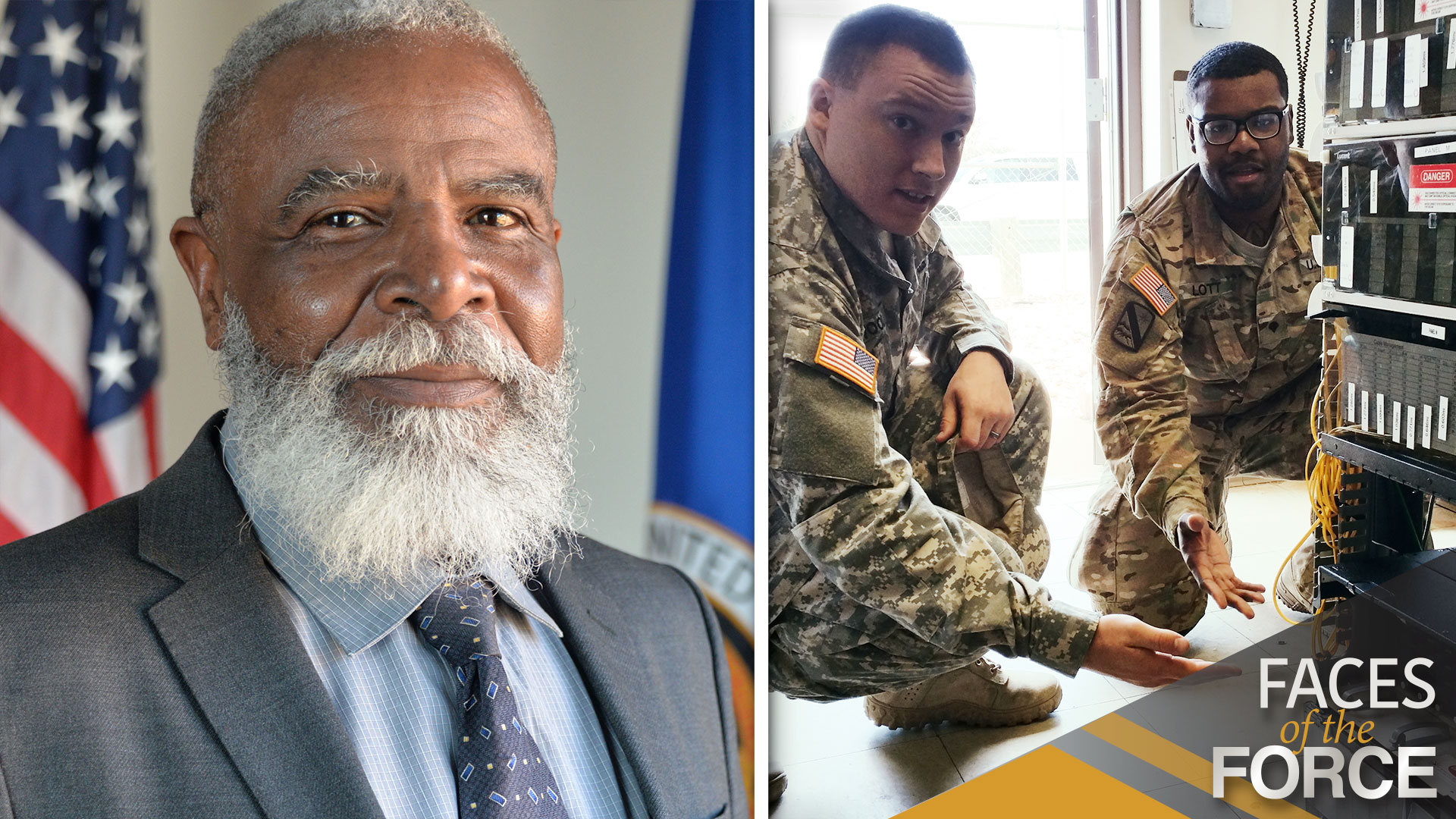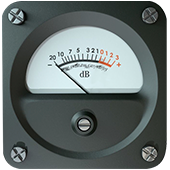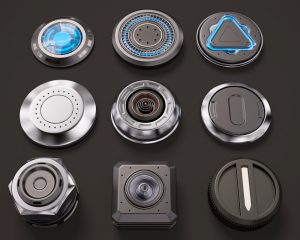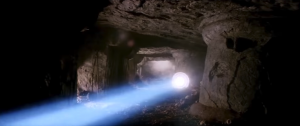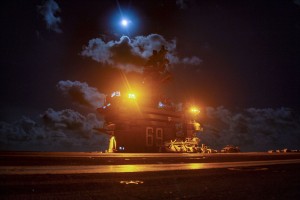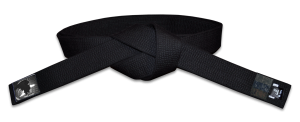Internship program gives participants a look at SOCOM’s approach to acquisition.
by Maj. Jonathan Harmeling
“Very few people will ever be able to say they have been here,” the U.S. Special Operations Command (SOCOM) acquisition executive said to me as we pulled into one of the organization’s Special Mission Unit facilities. On the outside I tried to appear calm and professional, while on the inside, I felt like a kid pulling up to a toy store. As a teenager, I used to play video games pretending to be one of these warfighters, and now I would get to work directly with them, as a Ghost with the Special Operations Force’s Acquisition, Technology and Logistics (SOF AT&L) Center.
The SOCOM Ghost Program is a unique broadening opportunity for junior Army acquisition professionals to directly support SOF warfighters during a 90-day rotation at MacDill Air Force Base, Florida. Ghosts are immersed in a fast-paced, rewarding, joint environment. During their assignment, they lead a rapid acquisition project that delivers tangible results to meet the needs of SOF operators. Ghosts then take their experiences and lessons learned back home to their organizations with the goal of improving their own agile processes and accelerating acquisition practices. Agile refers to a methodology in product development whereby requirements and solutions evolve over time, usually guided by cross-functional teams.
An additional benefit of this program is that the Ghosts contribute to a more robust network of relationships among the SOF community and its larger service components.
The Ghost Program originated with the U.S. Air Force, whose service members commission directly into acquisition as second lieutenants. The Air Force program has been running for more than 10 years, with approximately 190 Ghosts participating over that time. Although some Air Force graduates have returned to SOF AT&L later in their careers, most leverage their experience at SOCOM in their service component. The first Air Force Ghost recently achieved the rank of colonel and is now serving as a senior acquisition leader in the Air Force.
Most Air Force Ghosts are assigned to the Program Executive Office (PEO) for Fixed Wing within SOF AT&L, but their reach extends well into each of the other PEOs under the SOF AT&L umbrella. SOF AT&L comprises eight PEOs—Command, Control, Communications and Computers; Fixed Wing; Maritime; Rotary Wing; SOF Support Activity; SOF Warrior; Services; and Special Reconnaissance, Surveillance and Exploitation¬—and four directorates: Comptroller; Logistics/J-4; Procurement; and Science and Technology.
JOINT BENEFIT
As a result of the success of the Air Force’s Ghost Program, the SOCOM commander directed that a joint program be established. It started in 2018, with the first Army Ghost completing the program late that year. SOF AT&L has also seen its first graduates from the Marine Corps, and the Navy plans to participate soon (insert friendly interservice joke here).
This joint environment fosters a powerful network of relationships connecting SOF AT&L and the service components. Additionally, acquisition leaders will now have more ties to the special operations community, and those connections will pay dividends over time as the network continues to grow and as more organizations across the services adopt rapid acquisition practices following SOCOM’s lead. Better teamwork across the DOD acquisition community benefits the warfighter, who is the focal point for everything we do.
BUILT FOR SPEED
Approximately 92 percent of the programs in SOF AT&L are in Acquisition Category (ACAT) III, meaning the total program cost is less than that of the larger ACAT I and II programs. The lower-dollar ACAT status pushes the decision authority down to the lowest level possible, which facilitates speed—and speed, as one can imagine at SOCOM, is critical.
Another structural component that lends itself to speed is the accessibility of decision-makers and approval authorities throughout the SOF AT&L organization. In most cases, the PEO is down the hall, while the acquisition executive is upstairs and the commander of SOCOM is next door. Each program incorporates end users throughout its life cycle, including user representatives and current SOF operators, who work throughout the organization. They are readily available—literally down the hall, in some cases—to hold, touch, see, feel and use the gear and equipment that SOF AT&L is engineering and to provide feedback early and often.

To work in SOF AT&L, directly supporting warfighters like these Special Warfare Combatant-Craft Crewmen among other operators, is a unique professional experience for acquisition personnel. The SOCOM Ghost Program provides this opportunity to junior Army acquisition professionals during a 90-day rotation at MacDill Air Force Base, Florida. (Photo courtesy of SOCOM Media Relations)
MY EXPERIENCE
About 75 percent of my time was allocated to tackling a complex problem set that revolved around command and control tools used by the community. This challenge fit my background and experience with Agile software development (an intentional pairing), which allowed me to engage stakeholders in every service component and every field across the SOF enterprise—engineering, contracting, finance and testing, among others—to help define and prioritize requirements. Approaching this problem set with an Agile development methodology was critical, as it enabled the cross-functional team to make continuous progress while adapting to evolving requirements.
One guiding principle of the Ghost Program is that its participants work on meaningful problems that have tangible results during their short tour at SOF AT&L. I never felt I was doing busywork; rather, I was working through the necessary actions to help warfighters get what they need. It was incredible to experience rapid acquisition firsthand; it was amazing to see how fast an idea can come to life.
The remaining 25 percent of my time was allocated to professional development, which allowed me to explore the many facets of the SOF enterprise. In this results-oriented environment, each person is tasked to be the expert in their field. I was fortunate to meet with a slew of impressive professionals: government civilians, military, contractors, industry teammates and leaders from partnered nations.
The SOF acquisition leadership encouraged everyone to take ownership of their areas of responsibility. Decision-making authority was intentionally delegated to the lowest level possible, which fostered a culture of trust and speed. Failing small and fast while innovating was acceptable, so long as that experience informed a better way to achieve success.
The program also offered immense flexibility for travel. I was able to visit multiple sites, attend demonstrations, participate in test events, sit in on decision briefs and engage stakeholders at every level, from college intern to general officer.
The key is that each Ghost must take the initiative to learn and make the most of their experience at SOF AT&L.
CONCLUSION
The Army Ghost Program is continuously accepting applications and has flexible start dates throughout the year. SOCOM is primarily looking for high-performing acquisition captains and majors (O-3 or O-4) with two to four years of acquisition experience. The program is funded by the Defense Acquisition Workforce Development Fund, so the applicant’s command incurs no cost.
Although there are many takeaways from my time as a Ghost, what most impressed me was the talent within the SOF AT&L community. I was fortunate to work with a seasoned team of professionals who displayed an inspiring dedication to serving our SOF operators in a culture that replaces the phrase “No, we can’t” with, “Here’s how we get to yes.”
I strongly encourage anyone interested in this opportunity to apply now and begin the conversation with SOF AT&L. I would also encourage leaders across the Army to share this opportunity with their high-performing acquisition officers; if you lend SOF AT&L your best officers, you’ll receive even better performers when they return.
To apply, or for more information, send an email to ghost-recruiting@socom.mil.
MAJ. JONATHAN HARMELING is the acquisition officer with the Army Cyber Institute at the United States Military Academy at West Point. He is also an adjunct professor in the Department of Systems Engineering and teaches project management. He has an MBA from Liberty University and a B.S. from the United States Military Academy. He is Level III certified in program management and Level I certified in information technology.
This article is published in the Fall 2019 issue of Army AL&T magazine.

